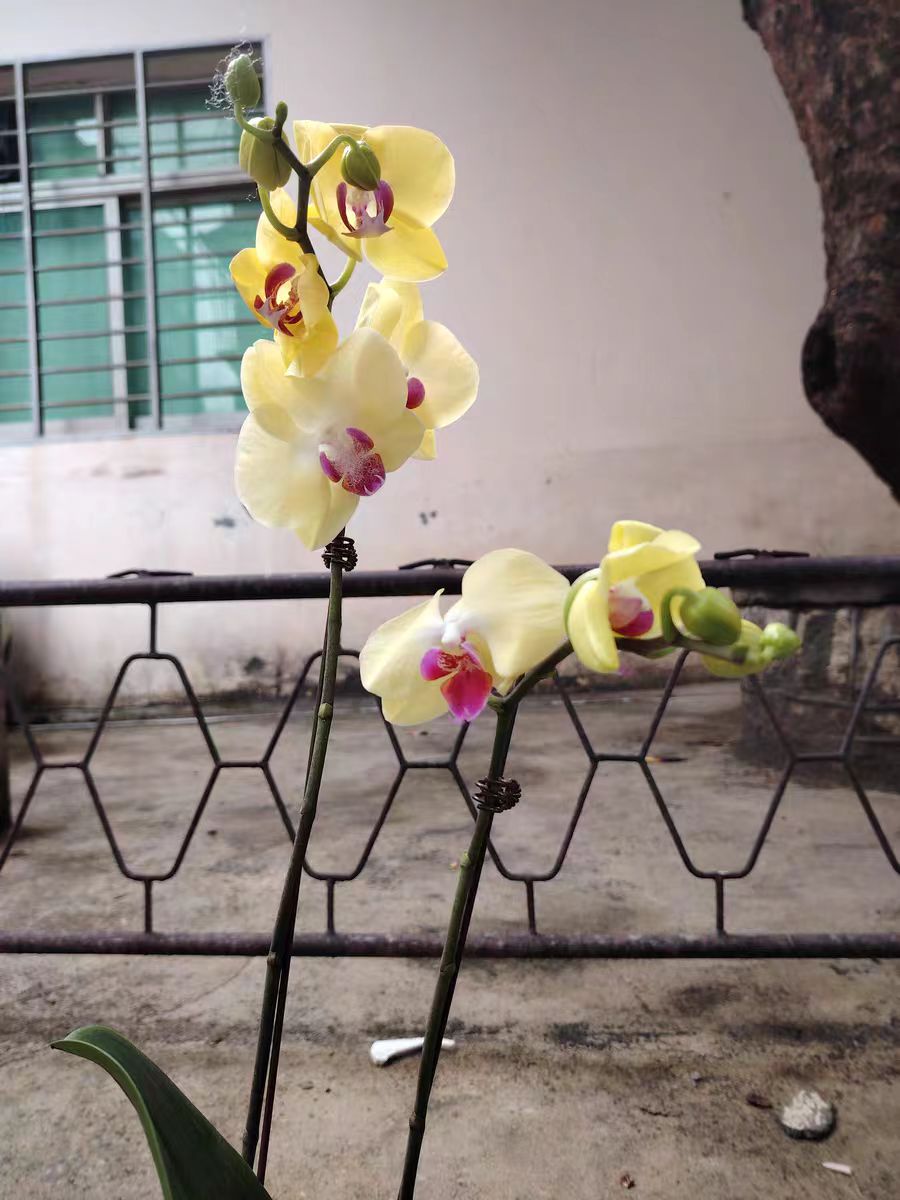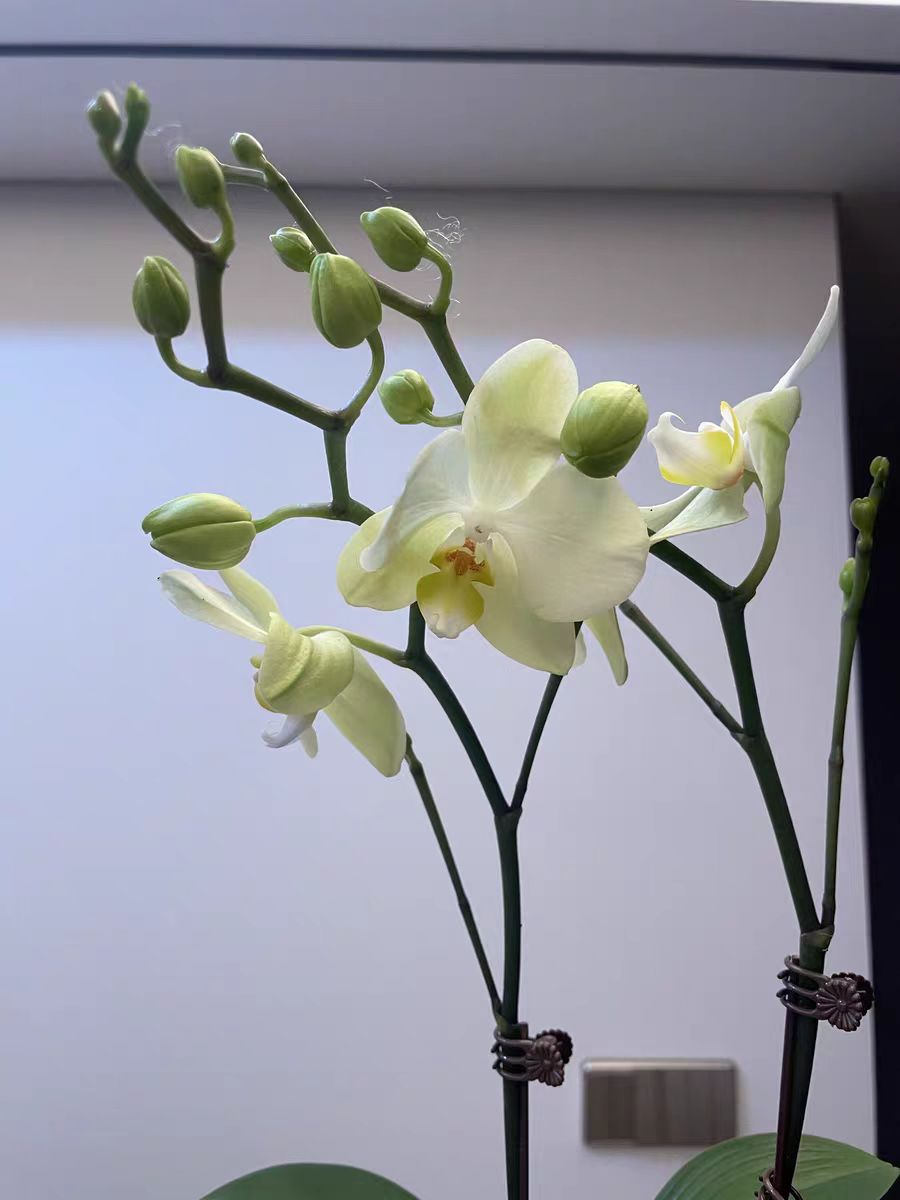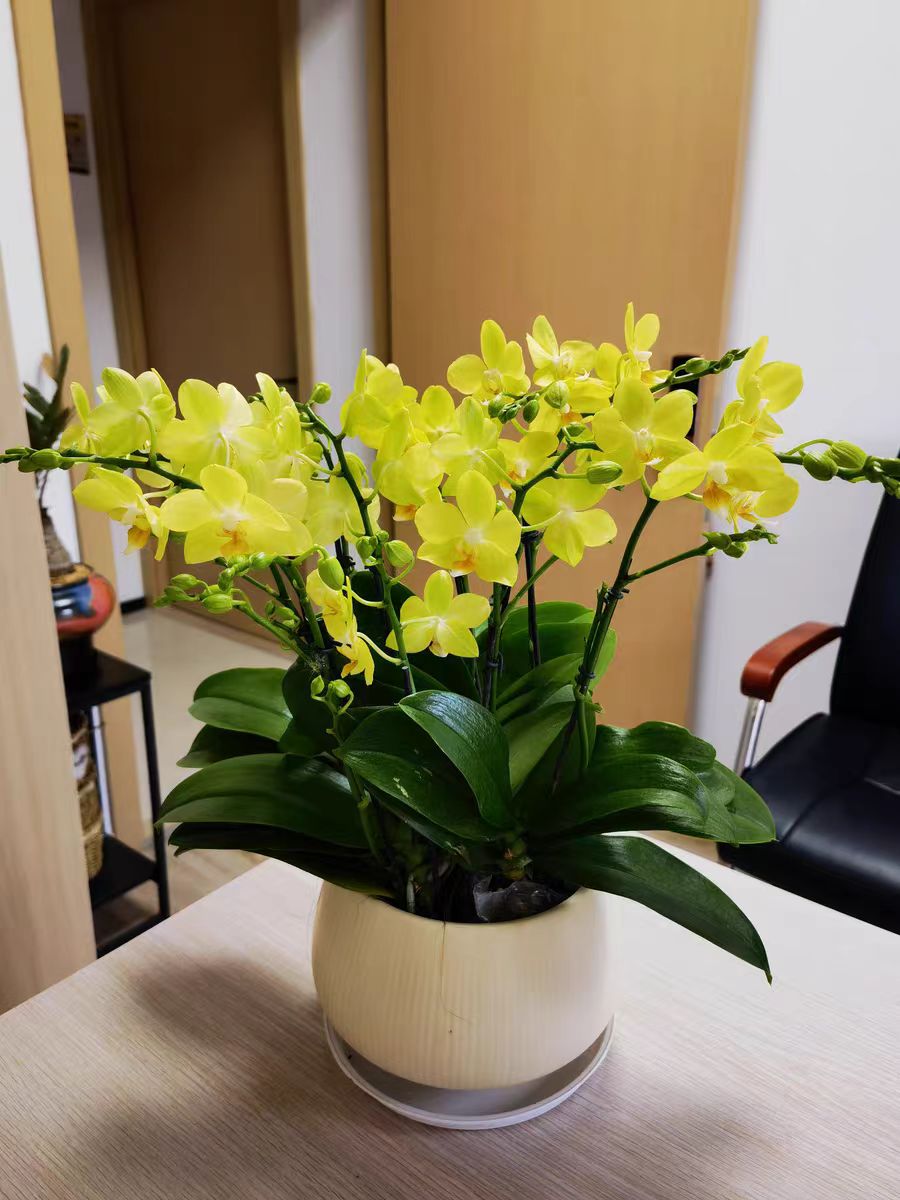Eichhornia crassipes, also known as water hyacinth, is a floating herbaceous plant. Its rhizome is extremely developed, brownish-black in color. The stem is very short, and the stolons are light green. The leaves are round, dark green on the surface, and the petioles are of different lengths. The flower of Eichhornia crassipes is lavender, polygonal and trumpet-shaped, and the upper petal is larger.
Why is Eichhornia crassipes extremely harmful? The reason is that it reproduces extremely quickly and is easy to block rivers, thereby interfering with water transportation and at the same time destroying the ecological balance. Eichhornia crassipes will also snatch nutrients and oxygen in the water, making it difficult for other aquatic organisms to survive and having an adverse impact on water quality. When it dies, harmful substances will be released during the decay process.
So, is Eichhornia crassipes itself toxic? In fact, Eichhornia crassipes itself is not toxic. However, during the growth process, it may absorb harmful substances such as heavy metals in the water. Therefore, if you eat or come into contact with contaminated Eichhornia crassipes, it may cause harm to human health.
In terms of daily maintenance, there are several points to note:
Lighting conditions: Eichhornia crassipes loves sufficient sunlight and should be placed in a place with sufficient sunlight. However, during the high temperature period in summer, direct strong sunlight should be avoided and appropriate shading treatment can be carried out.
Temperature control: The suitable growth temperature for Eichhornia crassipes is 18℃ to 23℃. In winter, attention should be paid to heat preservation measures to prevent the plant from dying due to too low water temperature.
Water quality management: Although Eichhornia crassipes is not strict with water quality, it is still necessary to keep the water clean. You can change the water regularly to avoid excessive accumulation of impurities and harmful substances in the water.
Fertilization method: During the growth period, appropriate fertilization can be carried out to promote the growth and flowering of the plant. It is recommended to choose special fertilizers for aquatic plants and fertilize according to the instructions.
In addition, there are some precautions to keep in mind:
Growth control: Since Eichhornia crassipes reproduces extremely quickly and is easy to cause disasters, attention should be paid to controlling its growth during the maintenance process. You can regularly clean up redundant plants to avoid excessive growth.
Prevent diffusion: Eichhornia crassipes is very easy to spread to other places through water flow and other means. Therefore, it should be placed in a fixed container to prevent it from flowing into natural waters.
Avoid pollution: During the maintenance process, it is necessary to avoid using contaminated water and pay attention not to discard Eichhornia crassipes casually to avoid polluting the environment.
How can we cultivate Eichhornia crassipes so that it can bloom?

Share with
Tagged in :




Leave a Reply